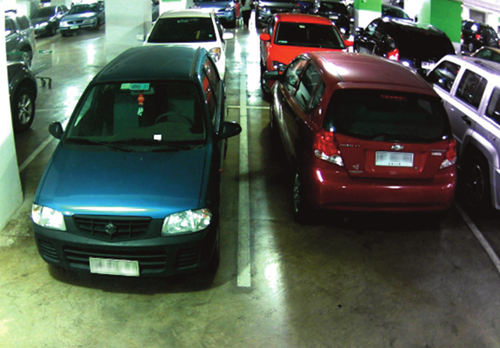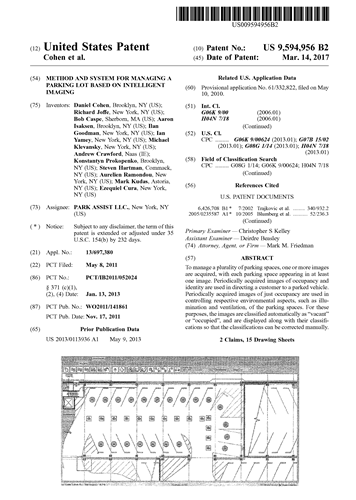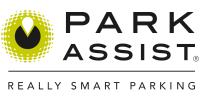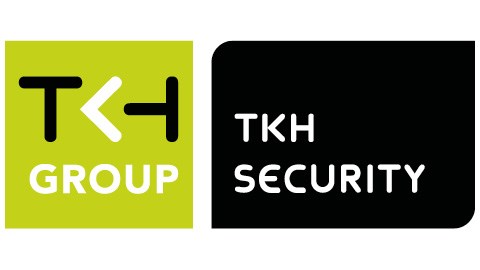_Original.png)
Introduction
In its infancy, parking guidance system (PGS) technology was expensive, limited in functionality – and difficult at best for most companies and/or developers to justify from an ROI standpoint. Early systems were in fact limited to primitive vehicle detection capabilities, providing occupancy monitoring with uncertain accuracy rates.
As the technology has become more affordable and multifaceted, today’s advanced camera based systems are providing the robust data, predictive analytics and operational control that enables parking facilities/portfolios to truly optimize their assets. The results are reflected by substantial improvements in performance, profitability and customer satisfaction that pay dividends for owners, operators and parkers alike.
The quantum leap in PGS technology.
When Park Assist entered the PGS market in 2005, the business was solely about providing parking guidance. For several decades, less-sophisticated binary detection devices –such as induction loops and ultrasonic sensors –had been the industry standard and were ubiquitous. While these devices offered basic levels of occupancy detection and guidance, that was all they could do. Realizing this was simply not enough for most facility owners to justify an investment in a PGS, Park Assist invented the concept of camera based guidance that has now become the industry standard.
With camera based guidance, smart-sensors with dual cameras are installed above the driving lane to monitor a pair of spaces on each side. This unique vantage point provides the cameras with an unobstructed view of the parked vehicles – while providing parkers with clear sight lines for easy guidance and navigation. The data generated by these innovative “sensor with a brain” devices serves to fuel the system’s built-in analytics and control platform, to update digital wayfinding signage in real time, and to empower API-driven add-ons that provide strategic benefits for parkers, owners and/or operators.
Building business intelligence into the core.
The truly game-changing element introduced by camera based technology was the integration of core business intelligence into the PGS continuum. Networks of camera based smart-sensors are used to feed rich and robust data to an intelligent core platform for advanced data aggregation and analysis. This includes real-time streaming images and video of what is occurring in the individual parking bays, along with the overarching vehicle identification capabilities provided by License Plate Recognition (LPR) technology.
As a result, owners and operators are provided with the actionable data, big-picture insights and predictive analytics needed to help optimize their parking assets. These are advantages that can be leveraged for a single average-size facility, or across a widespread portfolio of properties, to enhance both day-to-day operations and macro level decision-making.
Going beyond guidance with standards-based APIs.
Once the capability was built for an interactive data-rich platform, the discussion became: “What other applications can we empower –by leveraging this interactive data platform –that would add value to the parker experience and/or bottom-line functionality for owners and operators?”
This what-if thinking has led to the development of a rich proprietary ecosystem of add-on functionalities, driven by stable, secure application programming interfaces (APIs). In addition to the overarching capabilities provided by our proprietary mobile technology platform, these readily integrated APIs empower a growing range of targeted, added-value applications including:

• Revenue enhancement through the ability to institute conditional and premium pricing, without the need for expensive gate systems or costly loss of spaces
• Policy enforcement via automated alerts and user-group control, without fixed barriers
• Next-gen wayfinding providing parkers with a complete guidance loop that can begin remotely with a mobile app or connected car, provides detailed guidance within the facility, and also uses LPR to find their vehicles upon exit 
• Expanded security from a unique vantage point, since the camera based sensors have an unobstructed view of the parking bays
• Enhanced performance via 24/7/365 tracking and monitoring to help operators align with parker behavior/preferences, while maximizing the efficiency of mechanical, lighting and energy systems
Evolving from vertical niches to widespread usage.
As the functionality, ROI and affordability of camera based PGS technology continue to expand, so do the depth and breadth of enterprises and organizations that can now justify the investment.
Sizable facilities with heavy and/or continual traffic flow, such as airports, were the first to show interest. Retail developments, which often need to address the need of mixed-use facilities and key tenants, were next. These were followed closely by casinos and their need to enhance both the 24/7/365 nature and VIP-oriented elements of their business.
Today, the ability of a camera based PGS to maximize efficiency, performance and customer satisfaction is a valuable element for many industries and fields. More examples include:
• Healthcare facilities looking to provide a stress-free parking experience for patients and families along with their valued medical, clinical and support staff
• Arenas and stadiums that need to move massive flows of parkers in and out within compressed timeframes
• High-end and/or image-conscious facilities, such as luxury shopping centers and historical attractions
• Major developers with complex, sizable projects –where fail-safe operation needs to be pre-engineered from the outset
• Colleges and universities that need to keep traffic flowing during peak periods, manage compliance among multiple user groups, and bolster security
• Municipalities looking for a citywide guidance solution to reduce traffic congestion, while maximizing usage of both city-owned and private parking facilities
A proven technology that is seeing its first patents. 
Camera based parking guidance is now a rigorously tested technology that is currently serving a growing and diverse set of enterprises across the globe.
In the case of Park Assist, we have recently been awarded patents in the United States and the United Kingdom, which recognize this proprietary innovation and synergy that has set the standard for what a PGS is expected to do. In addition to benefitting from the investment of millions of dollars into continual system enhancements, this camera based PGS technology has been field-proven over the past seven years –across a base of prominent installations in 28 countries and counting.
Clearly, the business case for a camera based PGS has been established in a convincing and sustainable way. As with any technology, however, all camera based systems are not created equal. The key is to select a flexible and scalable system that encompasses the multifaceted guidance-and-beyond features outlined in this white paper. This positions a parking operation to be an effective contributor to both the vitality and bottom line of a wide range of forward-thinking enterprises.
About Park Assist
Park Assist® is the parking industry leading camera focused innovator with the most camera based parking guidance installations in the world. Our technology helps customers effortlessly find parking spaces in real-time as well as find their cars when they return. Simultaneously, we provide parking operators with tools to improve customer satisfaction, create new revenue opportunities, realize greater operational control, capture parker analytics and expand CCTV capabilities. Park Assist is part of the TKH Group (Euronext: TWEKA), a $1.6 billion publicly traded company headquartered in the Netherlands. For more information, visit www.parkassist.com.





